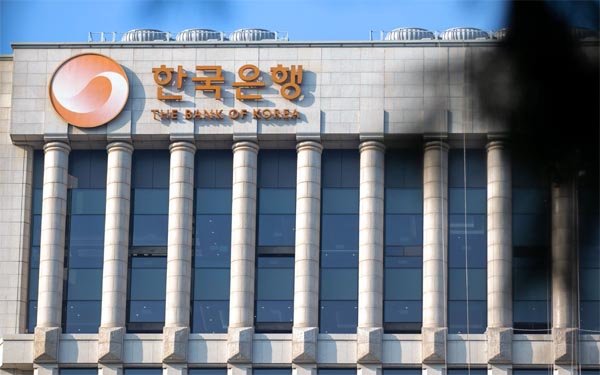Seoul, May 29 (UNI) South Korea’s central bank on Thursday cut its policy rate by a quarter percentage point amid a dimmer growth outlook for the Asian economy.
Bank of Korea (BOK) Governor Rhee Chang-yong and other monetary policymakers decided to lower the benchmark seven-day repurchase rate to 2.50 percent from 2.75 percent. It was in line with market expectations.
According to the Korea Financial Investment Association’s poll of 100 fixed-income experts, 69 percent predicted the rate decrease this month.
The BOK slashed the policy rate by 25 basis points in February after reducing it by the same basis points in October and November last year on the back of the gloomier growth forecast.
The central bank revised down this year’s growth outlook for the South Korean economy by 0.7 percentage points to 0.8 percent compared to three months earlier.
The seasonally-adjusted real gross domestic product (GDP), modified for inflation, contracted 0.2 percent in the first quarter compared to the previous quarter, marking the first reduction in three quarters.
Political uncertainty at home lessened domestic demand. Private consumption shrank 0.1 percent in the first quarter from three months earlier, posting the first slump in three quarters.
Former conservative President Yoon Suk-yeol was removed from office over his botched martial law bid in December last year, leading to a snap presidential election on June 3. Downside pressure mounted on the export-driven economy following the U.S. tariffs imposition.
Export dipped 1.1 percent in the first quarter from the previous quarter. Construction investment dropped 3.2 percent in the cited quarter, keeping a downward trend for the fourth straight quarter, while facility investment retreated 2.1 percent on weaker demand especially for semiconductor equipment.
The BOK said in a statement that the domestic economy continued its sluggish pace following a contraction in the first quarter due to slower recovery in domestic demand, including consumption and construction investment, and decelerating exports growth.
The bank noted that the global economy was expected to experience growth slowdown on increased tariff rates. Concerns remained over massive household debts and a broad gap between the South Korean and the U.S. interest rates.
Debt owed by households to deposit-taking banks totaled 1,150.1 trillion won (839.9 billion U.S. dollars) at the end of April, up 4.8 trillion won (3.5 billion dollars) from a month earlier. It continued to expand since February as higher housing transactions boosted demand for home-backed loan.
The number of apartment transactions nationwide swelled from 26,000 in January to 38,000 in February and 50,000 in March.
The U.S. Federal Reserve froze its target range for the federal funds rate at 4.25-4.50 percent earlier this month, resulting in a rate difference with South Korea at 2.00 percentage points. Any hasty rate cut in South Korea may encourage foreign fund to flow out of the local financial market, raising the won/dollar exchange rate at an excessively rapid pace.
The won/dollar exchange rate had hovered above 1,400 won per dollar after the failed martial law bid last December, but it fell below 1,400 won earlier this month.











